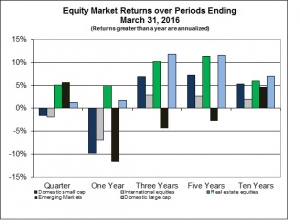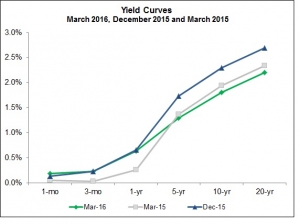Lockheed Martin MST recently announced the upcoming Voluntary Layoff Program with the goal of reducing the divisional workforce by 1,500 employees. If you are considering retirement and are eligible for the Voluntary Layoff Program, it may make sense to deeply consider the options.
As with all retirement and transition decisions, there are two main components: the financial aspects and the non-financial aspects. Often, the non-financial considerations far outweigh any detailed financial analysis.
Financial Considerations
- Have you reached the savings level where you can comfortably retire the way you envisioned in the past?
- Do you have major upcoming costs such as college tuition for children that would hurt your early retirement decision?
- How will this program affect your taxes this year and future income streams like Social Security?
- If you are not 65 years old, how does this impact your medical insurance coverage?
Non-Financial Considerations
- Are you truly ready to retire from day-to-day work? What would that look like?
- Do you have other career ambitions outside of Lockheed Martin?
- What does your spouse think of the prospect of you no longer working?
- Are your primary friends retired or still working?
- If needed, how will you replace the sense of daily accomplishment that work provides?
Start with a Financial Plan
When considering a major life decision, it makes sense to first take a step back and figure out your priorities and long-term goals in life. The best way to do this from both the analytical and emotional level is to have a comprehensive financial plan in place. This living document can help frame the Voluntary Layoff Program decision as well as open the discussion for other missed financial opportunities going forward. Rockbridge is here to help facilitate the discussion and frame the key decisions for you at this critical time in your career. We are here when you are ready.
If you qualify for the Voluntary Layoff Program and are interested in applying, the following are some key dates to keep in mind:
- May 11: Final day to submit application for the Voluntary Layoff Program
- May 26: Employee notified if application is accepted and the applicable exit date
- June 9: Date majority of the employees will exit the business; additional dates will continue quarterly through June 8, 2017




